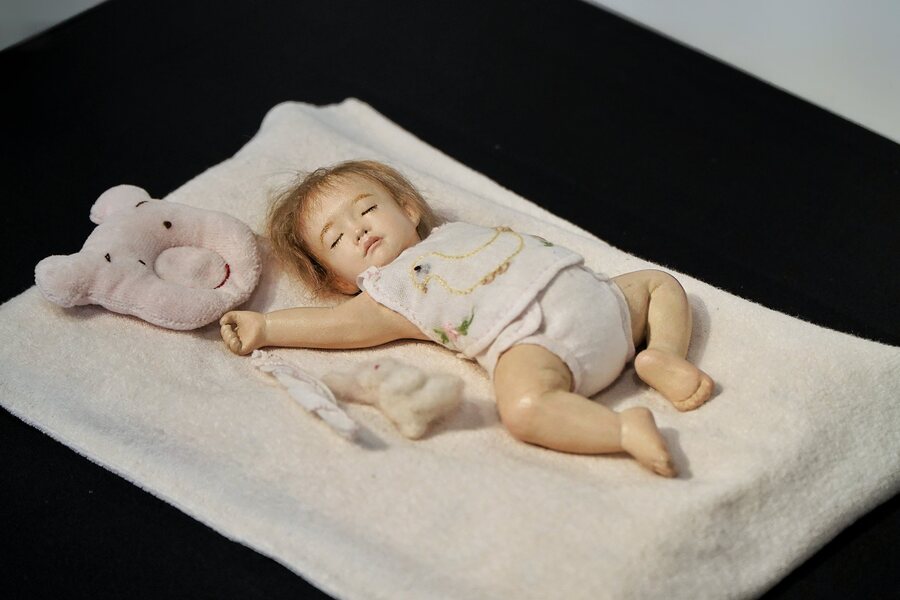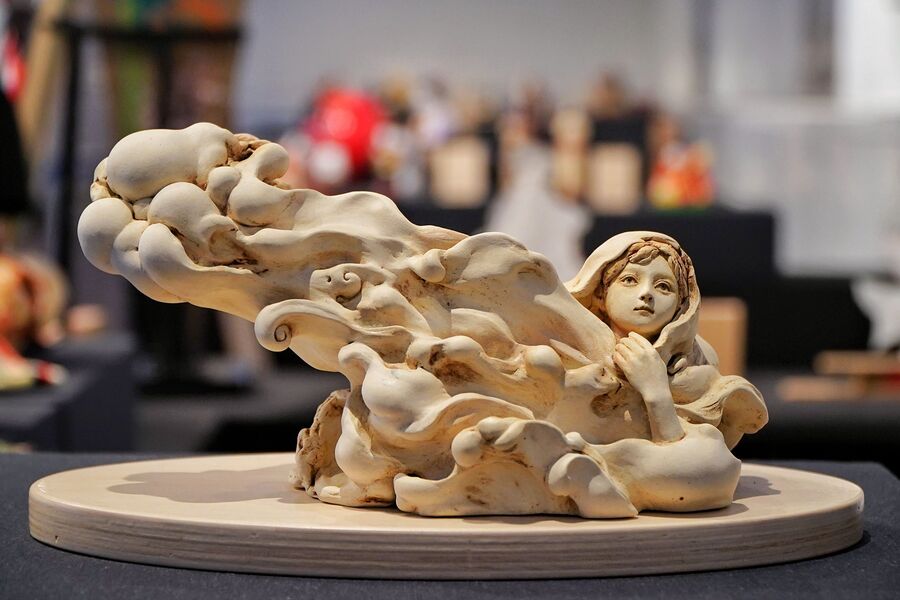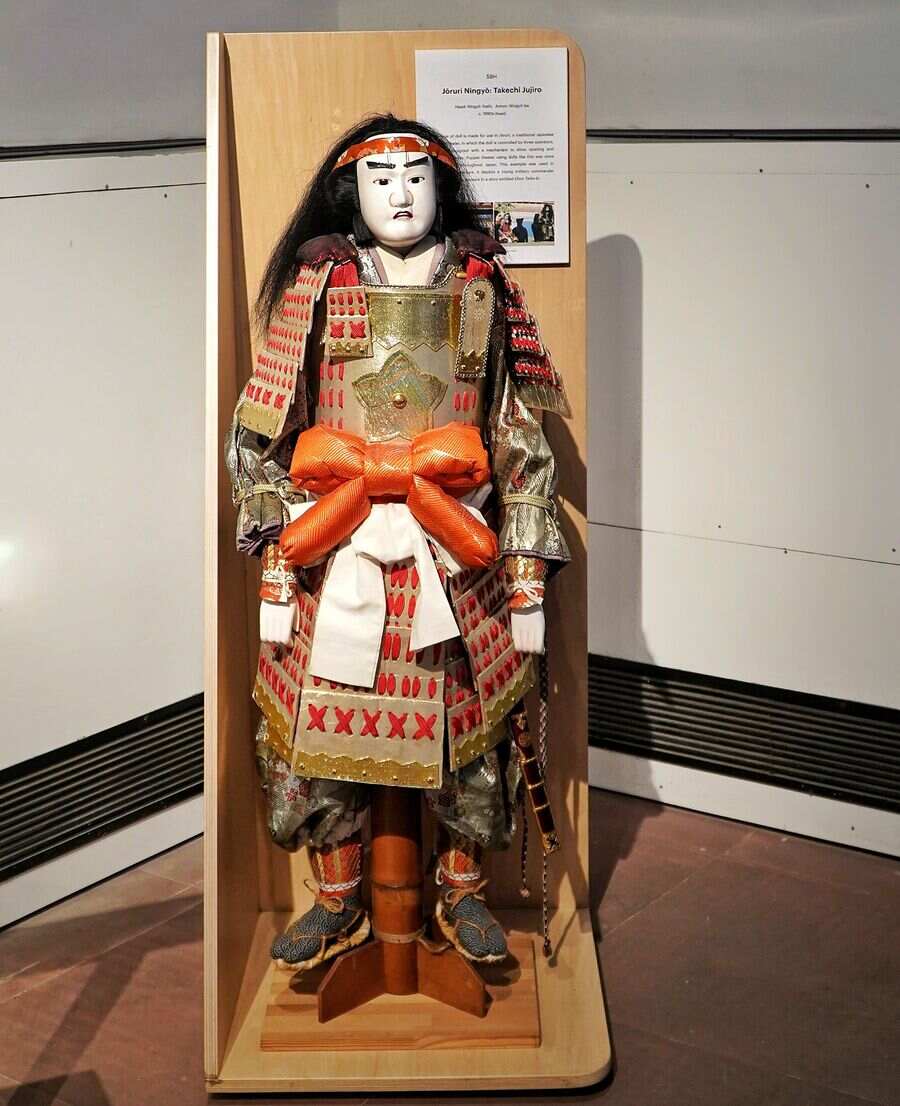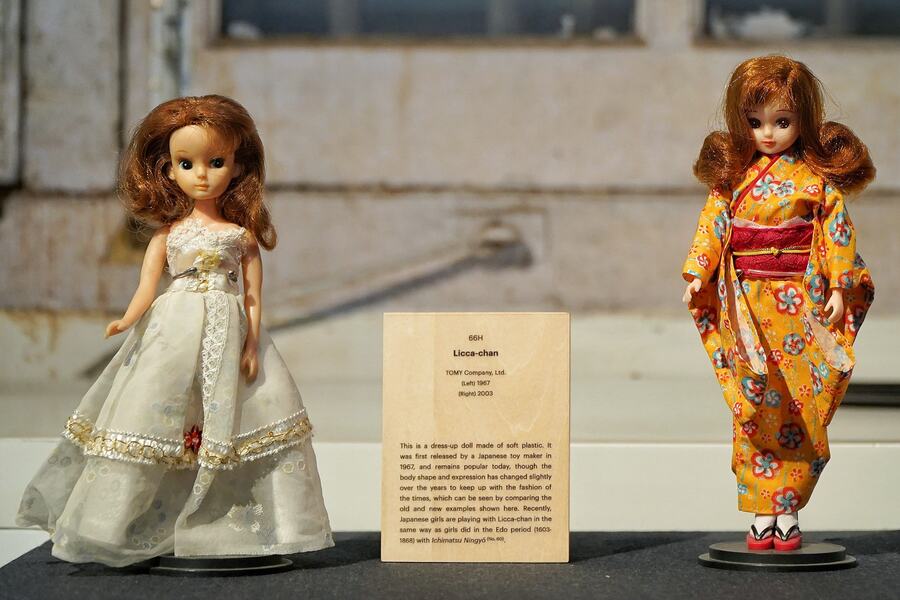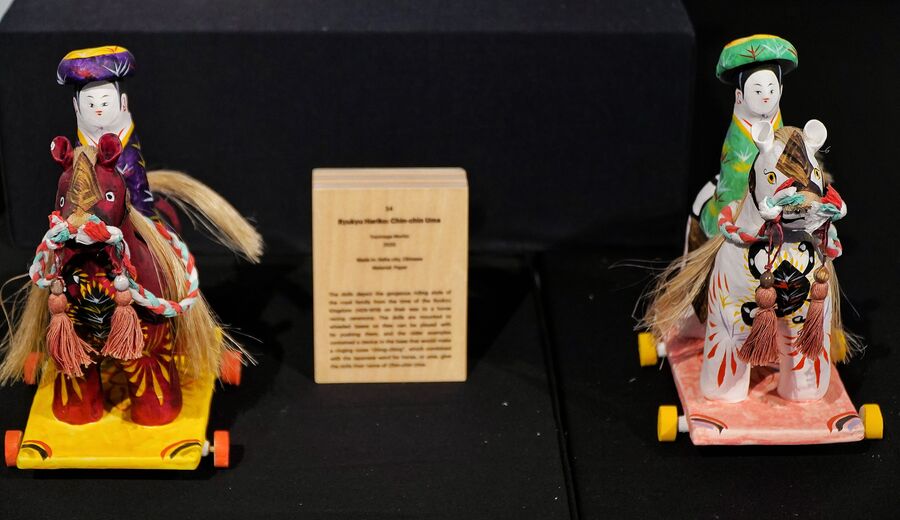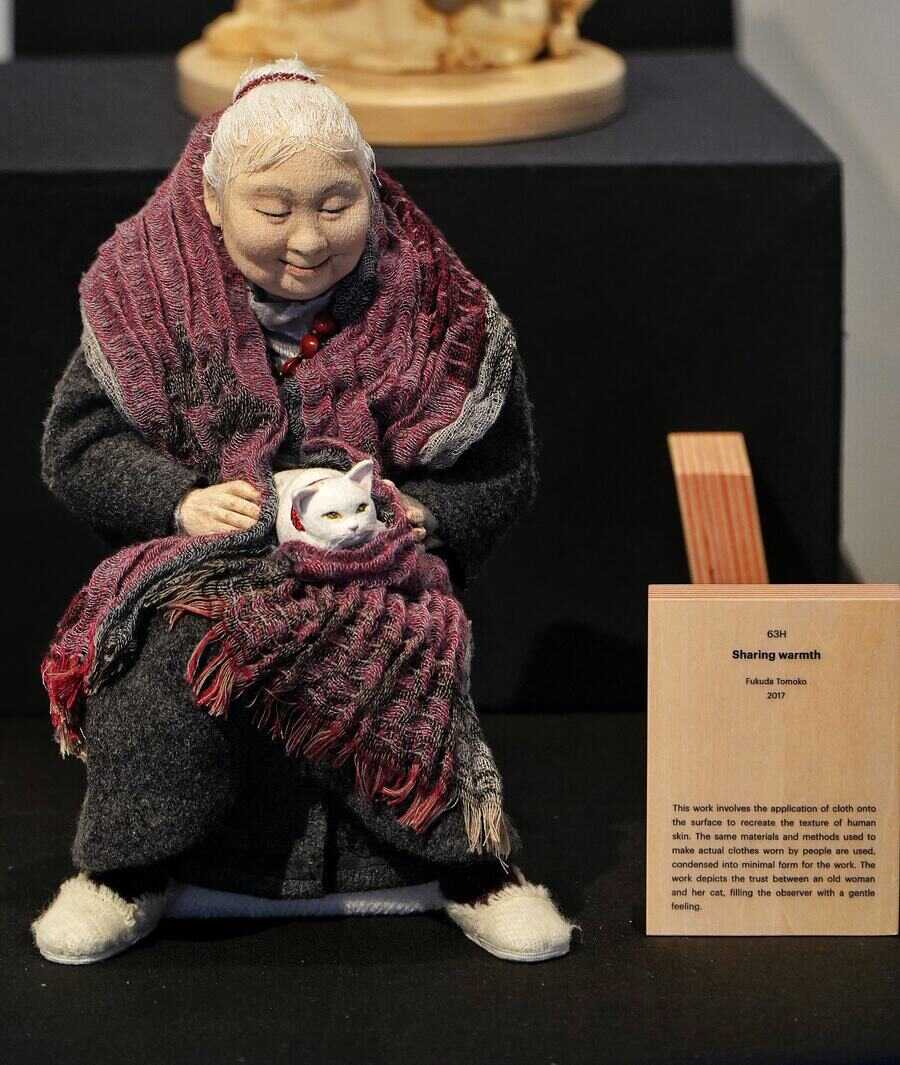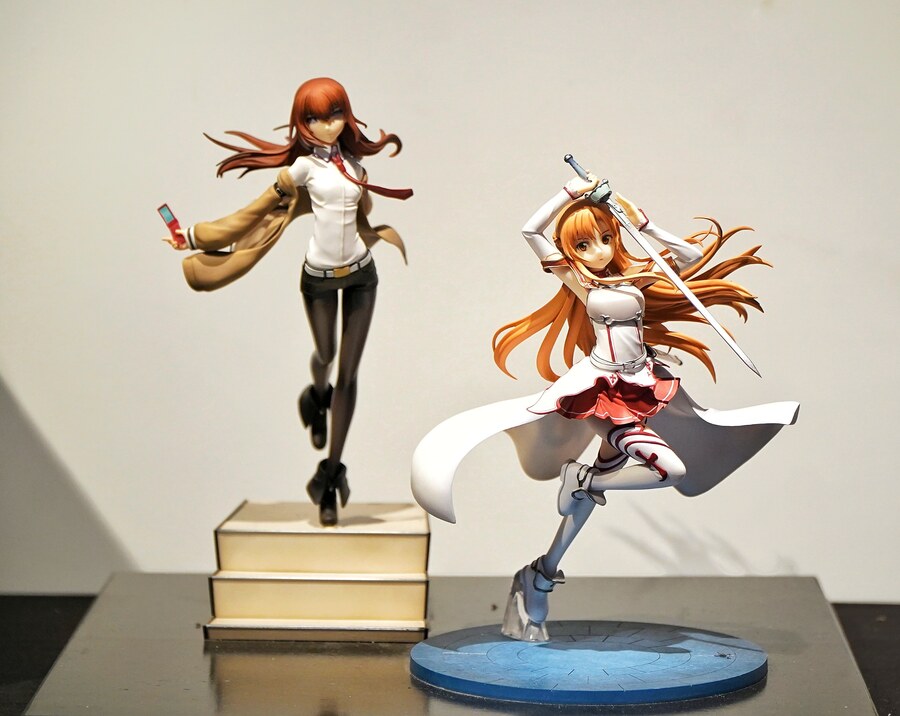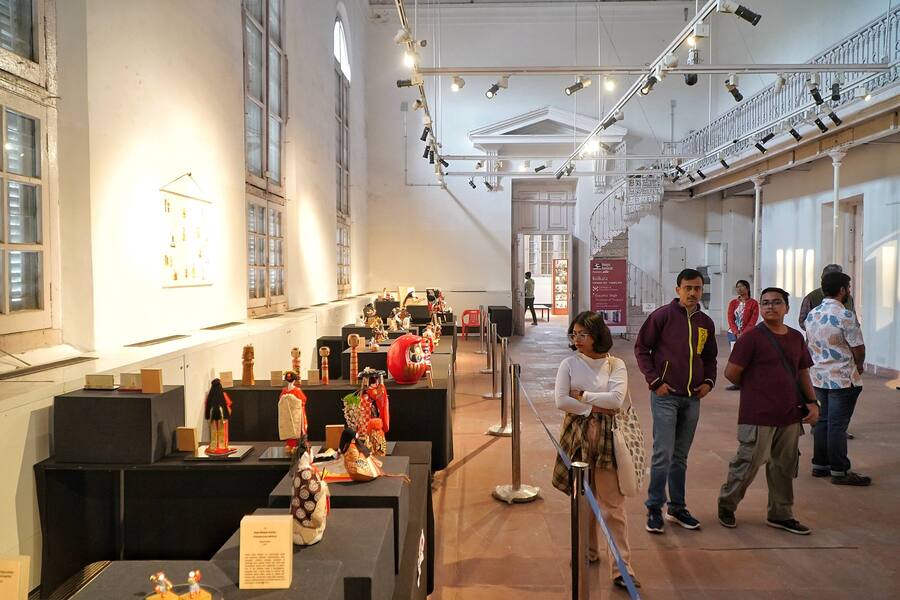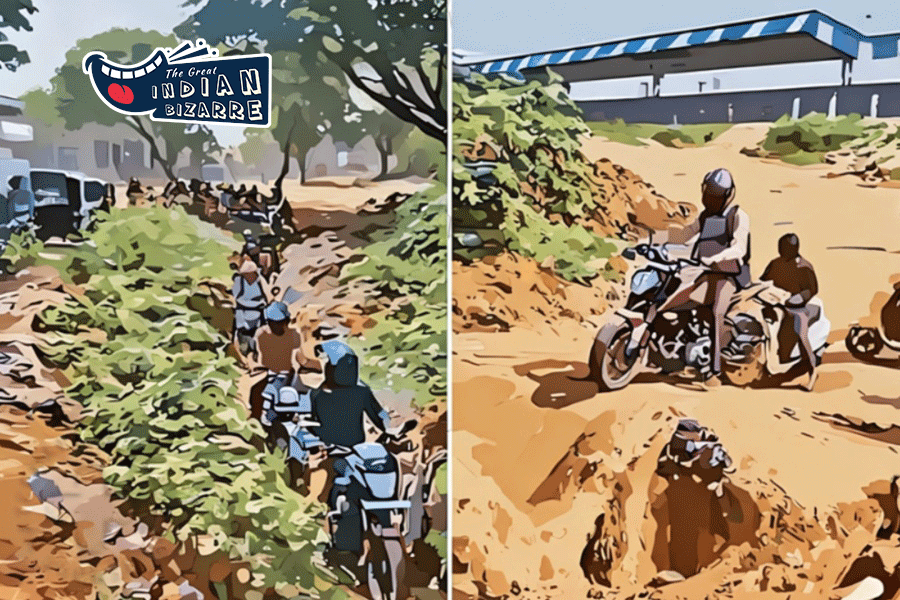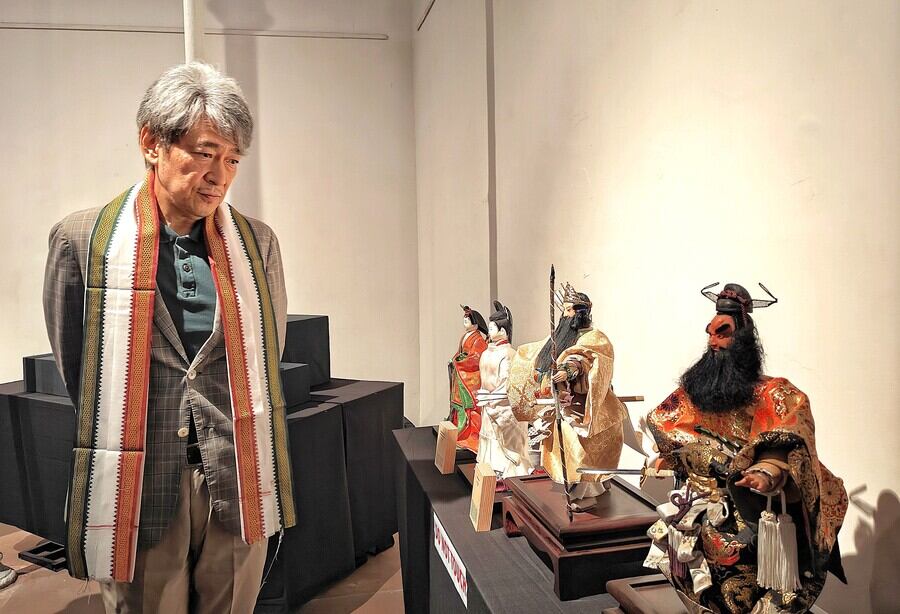
The Consulate General of Japan in Kolkata, the Indian Museum and the Japan Foundation are hosting a unique exhibition titled ‘Ningyo: Art and Beauty of Japanese dolls’, at the Indian Museum in Kolkata. Inaugurated on December 7 by Nakagawa Koichi, the Consul General of Japan in Kolkata (in pic), and Arijit Dutta Choudhury, the director of the Indian Museum, this exhibition is a must-visit for those interested in the art and culture of Japan
All images by Soumyajit Dey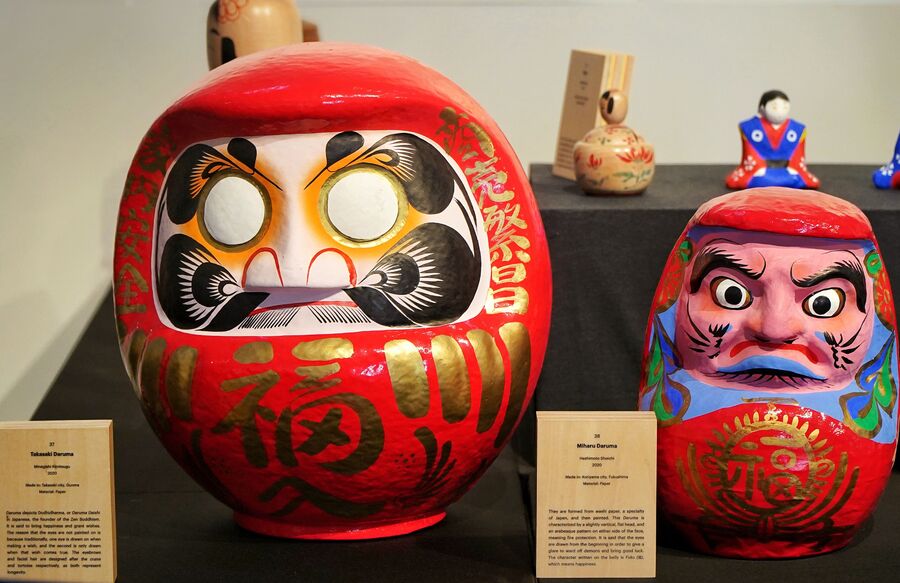
The eyecatching dolls are displayed with a brief note about their history. In the collection is the popular Takasaki Daruma, a paper doll made by artist Minegishi Kimitsugu. The history of the doll speaks about Daruma Daishi, which is the Japanese name given to Bodhidharma, who, legend says, was the founder of Zen Buddhism. The dolls are used to manifest wishes and the eyes are not painted when they are made because one eye is drawn while making a wish, and the second eye is drawn on the fulfillment of the wish
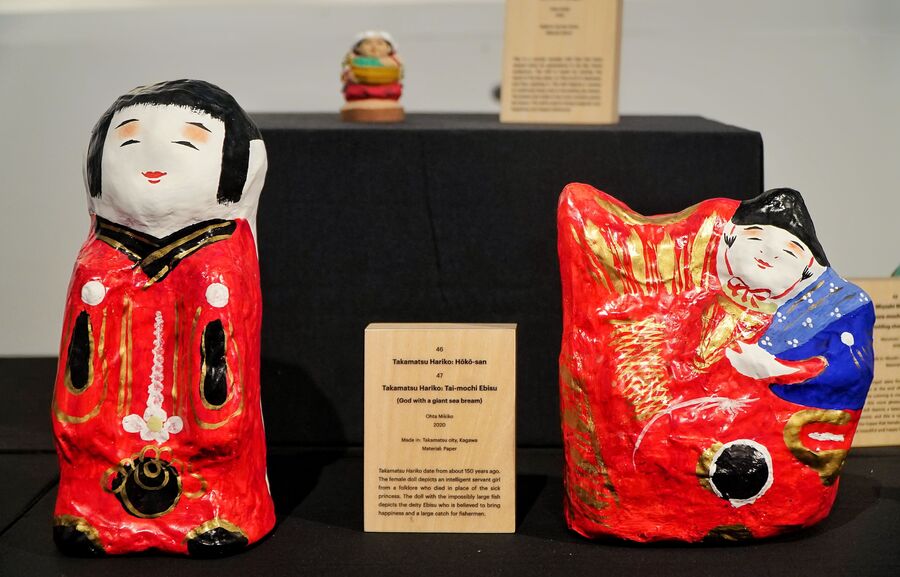
Takamatsu Hariko: Hoko-san and (right) Takamatsu Hariko: Tai-mochi Ebisu are paper dolls made by Ohita Mikiko. The Hoko-san dolls are modelled after a character from Japanese folklore named Omaki — a little servant girl who took on the illness of a princess and saved the royal’s life. The other doll with the fish is a depiction of deity Ebisu, who is worshipped by the fishing community for happiness and a bountiful catch
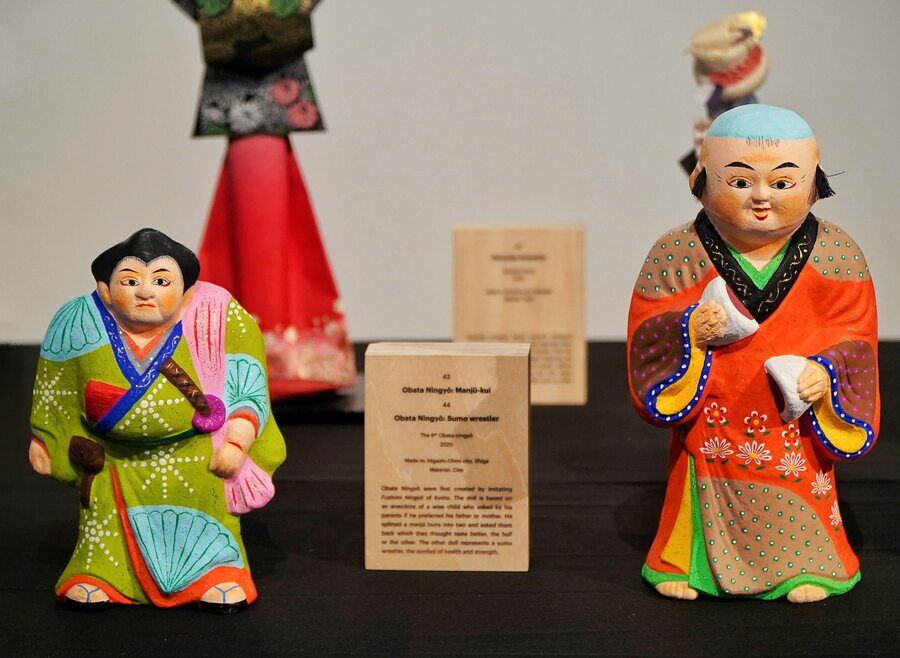
Obata Ningyo: Manju-kul and (right) Obata Ningyo: Sumo wrestlers are made with clay. Obata Ningyo was first created based on Fushimi Ningyo dolls and has a story attached to it. It is said that upon asking a child who he preferred more — his father or his mother — responded by splitting a manju bun (a traditional Japanese confectionery item) into two and asking his parents which piece tasted better. The sumo wrestler doll symbolises strength and health
